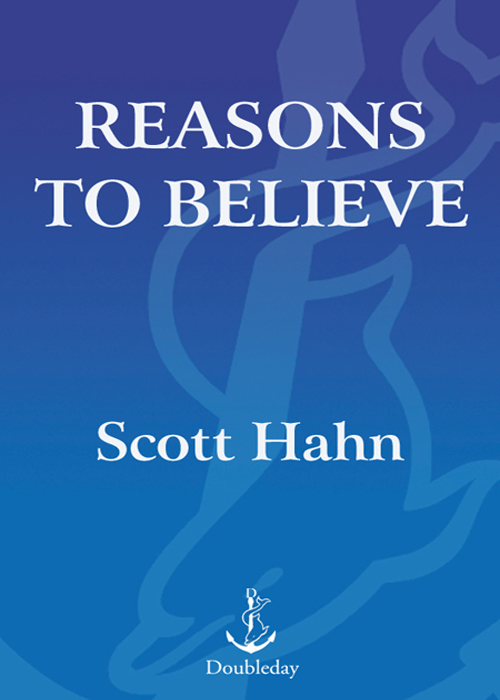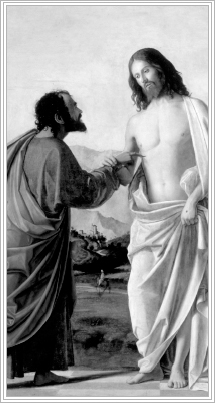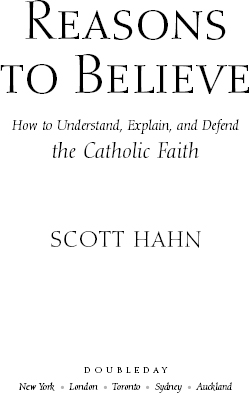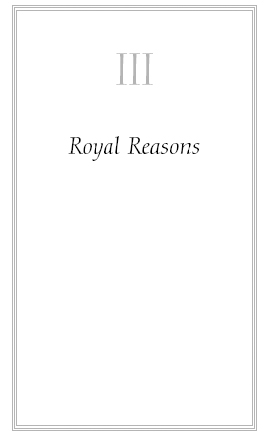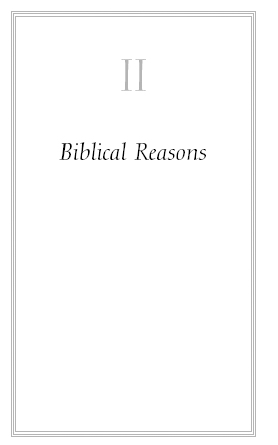To David Timothy Bonaventure Hahn
On the occasion of his First Communion and the royal-priestly anointing of Confirmation

PUBLISHED BY DOUBLEDAY
Copyright 2007 by Scott Hahn
All Rights Reserved
Published in the United States by Doubleday, an imprint of The Doubleday Broadway Publishing Group, a division of Random House, Inc., New York.
www.doubleday.com
DOUBLEDAY and the portrayal of an anchor with a dolphin are registered trademarks of Random House, Inc.
Library of Congress Cataloging-in-Publication Data
Hahn, Scott.
Reasons to believe: how to understand, explain, and defend the Catholic faith / by Scott Hahn.
p. cm.
Includes bibliographical references.
1. Catholic ChurchApologetic works. 2. Catholic ChurchDoctrines. I. Title.
BX1752.H23 2007
230'.2dc22
2007007526
Nihil Obstat: Monsignor Michael F. Hull, STD, Censor Librorum.
Imprimatur: Most Reverend Robert A. Brucato, Auxiliary Bishop and Vicar General, Archdiocese of New York.
The Nihil Obstat and Imprimatur are official declarations that a book or pamphlet is free of doctrinal or moral error. No implication is contained therein that those who have granted the Nihil Obstat and the Imprimatur agree with the content, opinions, or statements expressed.
eISBN: 978-0-385-52185-7
v3.0
Fifteen

T HE C ATHOLIC L IFETIME R EADINGS P LAN
An Apologetic Exhortation
Always be prepared to make a defense to any one who calls you to account for the hope that is in you, yet do it with gentleness and reverence (1 Pet 3:15).
Gentleness and reverence come naturally and supernaturally to those who know they are living in the kingdom. We are always in the presence of the holy, and we see in all others the image of our immortal king.
We should always be ready with an answer. But this is what should set Catholic apologists apart: we answer to lift people up, not shut them up. If we genuinely listen to people who disagree with us, and if we learn to present the content of the Catholic faith to them in a positive way, we are far more likely to persuade them. Sometimes, in the midst of an argument, we can get so caught up in the mechanics of argumentation that we miss many opportunities to witness to grace.
J UST AS I T S HOULD B E
The great nineteenth-century theologian Matthias Scheeben said that something like that happened in the centuries after the Protestant Reformation. Both Catholics and Protestants, he said, got so caught up in their debates that they produced misshapen theologies and misleading witness; because, instead of focusing on the essentials of faith, they dwelt on the points in dispute. Scheeben noted that the Council of Trent (echoing St. Paul in Rom 8:1417) had provided a serious and considerate answer to Protestant questions on justificationbut Catholics ignored it! They were so busy formulating a response in the legal terms that the reformers were using that they missed the transcendent beauty of Trents doctrine.
Trent defined justification as a transference from the state in which man is born a son of the first Adam, to the state of grace and adoption of the sons of God. If Catholics had used the language of Trent, Scheeben said,
the notion of justification would have escaped the shallow and muddled treatment that has so often disfigured it. Many inverted the proper procedure. Instead of starting with an adequate idea of Gods adoptive sonship and then determining the concept of justice contained in this idea, they preferred to regard divine sonship as a relationship to God arising from human justice, which they looked upon as a right disposition connected with freedom from sin, and an inclination toward morally good conduct. Thereby they did away with the possibility of fixing upon anything supernatural in this justice, and could conceive of the divine sonship itself only in an extremely vague, if not altogether rationalist, fashion. But if we follow the Council of Trent, and if with the Council we focus our attention on the fact that at bottom justification is a transition to the state of an adoptive child, to the state of the children of God, it emerges before our eyes with its greatness unimpaired.
This was a missed opportunity of massive proportions. Luther had described justification as the doctrine by which the Church stands or falls and the chief article of the whole Christian doctrine, which comprehends the ruler and judge over all other Christian doctrines. Luther argued his case from Pauline texts, emphasizing that a man is justified by faith apart from works of law (Rom 3:28). So emphatic was Luther about the worthlessness of human works that he inserted the word alone after faith when he translated Pauls text, claiming that salvation is by faith alone. Yet the phrase faith alone actually appears in only one place in Scripture, and that is in the Letter of James, which explicitly denies what would later become Luthers keystone of doctrine: You see that a man is justified by works and not by faith alone (Jas 2:24). Luther dealt with the problem by proposing to remove James from his New Testament; later theologians argued that Paul and James meant different things when they used the verb justified.
The semantic differences between James and Paul are debatable at best. The semantic differences between Protestant and Catholic dogmatists, however, are a fact of history. And Catholics could have avoided much of it if they had simply followed Trent in placing their own accent on the idea of divine filiationthe astonishing fact that Christians are, by grace, adopted sons of God. As St. John of Damascus put it in the eighth century: in baptism, we become by grace what God is by nature.
Trents approach also would have enabled us to speak of justification in the covenantal terms favored by John Calvin and his division of the Reformation. For Luther and Calvin, as for St. Augustine and the Council of Trent, you have to experience divine regeneration before you can exercise the faith that justifies. Regeneration precedes justification. Generation is how we come into the natural family as children. Regeneration, through baptism, is how we come to Gods family.


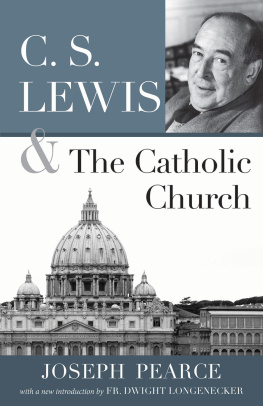

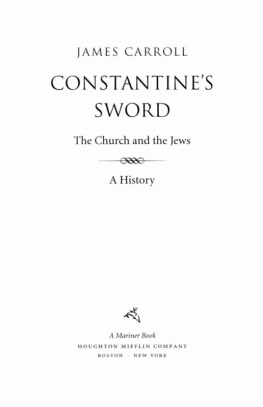

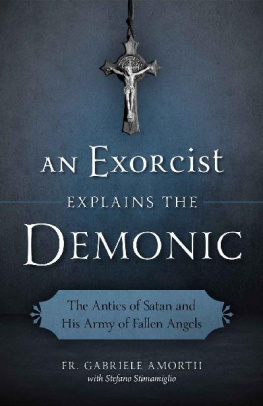

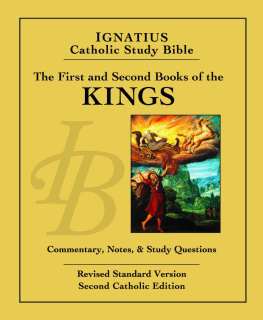
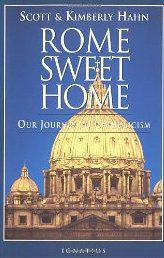
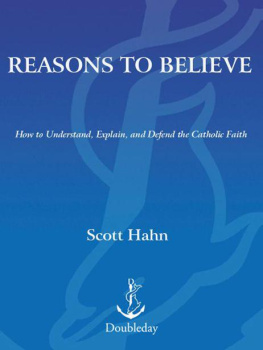

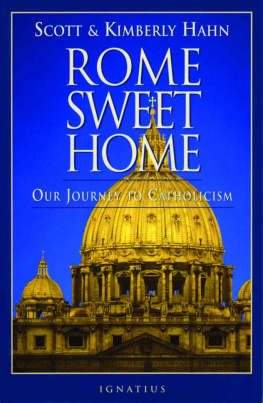
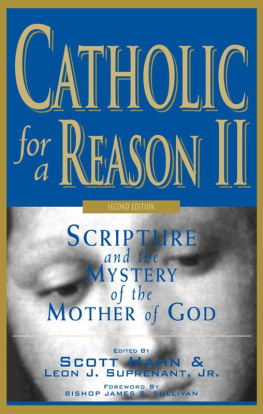
![Scott Hahn [Inconnu(e)] - A Pocket Guide to the Bible](/uploads/posts/book/134750/thumbs/scott-hahn-inconnu-e-a-pocket-guide-to-the.jpg)
![Scott Hahn [Inconnu(e)] - A Father Who Keeps His Promise: God’s Covenant Love in Scripture](/uploads/posts/book/134748/thumbs/scott-hahn-inconnu-e-a-father-who-keeps-his.jpg)
